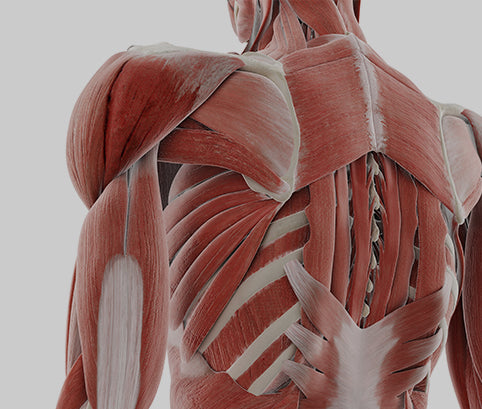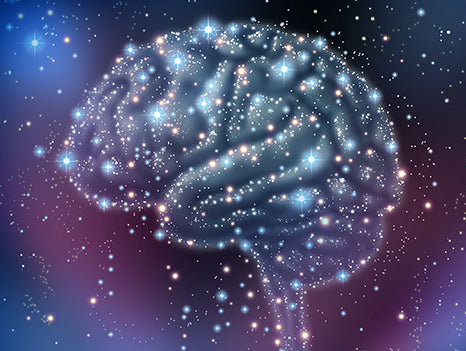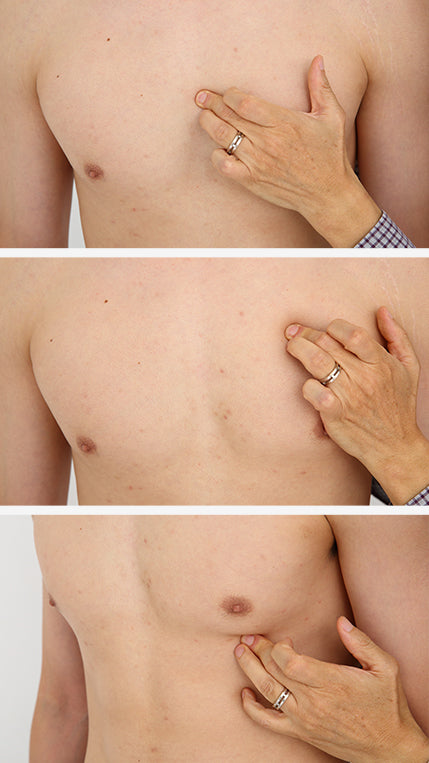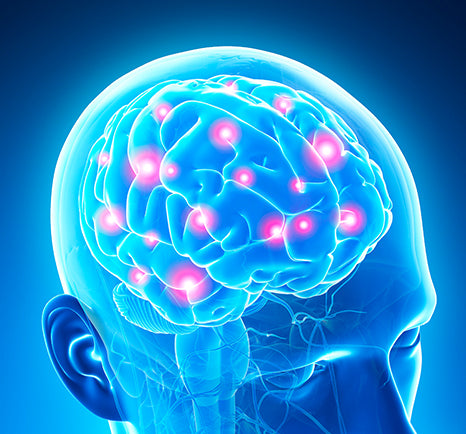Fibromyalgia

Fibromyalgia is systemic pain that is experienced by varying symptoms like morning fatigue, sleep disturbance, depression, non-rheumatic joint pain, Raynaud's syndrome, sensations of numbness, tingling, hotness, or stinging, etc. It is much more common to women – 8 out of 10 patients are women.

What is Myofascial Pain Syndrome (MPS, also known as Trigger Point)?
According to the theory established by Dr. Travell, President Kennedy's personal physician, when the muscles are tense, various symptoms that are not anatomically related with the tense muscles can appear. These non-musculoskeletal symptoms are the cause of more than 60% of the common diseases, i.e. digestive disorders, cystitis, irritable colitis, rhinitis, dry eye syndrome, headaches, etc. MPS can also cause paresthesia – numbness and tingling, stinging, and burning sensations. The major cause of MPS is known to be stress, which leads to the muscles to become tense.

What is a neurotransmitter?
Neurotransmitters - dopamine, serotonin, endorphins, etc. - are substances affected by stress. Neurotransmitters affect the sympathetic and parasympathetic nerves, and when they are not balanced, autonomic dysfunction and various neurological symptoms can occur. An excess or deficiency of one neurotransmitter can lead to abnormalities in other neurotransmitters. In other words, it is important to maintain a mutual balance, also called homeostasis.
One neurological symptom, because it disrupts the homeostasis, often leads to another. For example, insomnia (caused by the deficiency of serotonin) may be accompanied by other neurological symptoms such as panic disorder or depression (caused by abnormal dopamine). Or, if one experiences a panic disorder, one may experience a light insomnia or depression. If one has depression, insomnia or impulse-control disorder may follow.
Neurotransmitters are also involved in muscle tension and relaxation. When the neurotransmitter is abnormal, it leads to various muscle pain including the Myofascial Pain Syndrome (MPS).
Fibromyalgia is a dual condition where the neurogenic symptoms (caused by an abnormality in a neurotransmitter) and MPS (caused by the inability to relax tense muscles) are experienced simultaneously. People who are vulnerable to stress are more likely to develop fibromyalgia.
Problems with conventional treatment for disorders caused by neurotransmitter imbalance
The current treatment usually relies on the administration of neurotransmitters. For example,
serotonin is administered to treat insomnia. While this may be effective for a short term, the imbalance of serotonin with other neurotransmitters will eventually get worse in the long run, resulting in side effects or other neurological symptoms.
In treating fibromyalgia, usually an antidepressant, a type of neurotransmitter, is administered. However, the effect is not clear and side effects are concerning because when used for a long time, it disrupts the balance of the neurotransmitters.
Currently, cardiovascular adaptation exercise or meditation is recommended for treatment without side effects.
Self-diagnosis and how to restore the balance of neurotransmitters

1. Treatment points
Most of the acupuncture points related with neurological disorders are located in the chest area (ribcage). The importance of treating the chest muscles (pectoralis) also have been proven essential in the Myofascial Pain Syndrome (MPS, also known as trigger points). For a diagnosis, one can press the ribcage and chest to identify the area of pain.
Place your finger on the area where you think the pain is, and press down firmly to identify the area of pain. When you feel a muscle or bone ligament at the tip of your finger, gently rub the affected area to narrow down the pain area. If the identified pain area is wide, the symptoms are likely to be more severe.
2. How to treat chest pain
In the area of pain or inflammation, free radicals — equivalent to 1/1000 of the light of a firefly — are generated. They are called bio-photons.
When the light generated from the area of pain is retro-reflected (back to the area of pain), it creates a phenomenon of mutual resonance. Due to the same range of wavelengths, the light can penetrate deeply into wound, stimulating the corresponding sensory nerves until the pain is relieved.
The therapeutic effectiveness, safety and efficacy of the Chims Band treatment were confirmed by The Study on the Analgesic Effect of Chims Band after Endoscopic Shoulder Surgery, conducted under supervision of the Korean Ministry of Food and Drug Safety and received the support of Dongshin University Oriental Medicine Hospital, Gwangju, Korea.
Treatment result
As the balance of neurotransmitters such as dopamine and serotonin is restored, the muscle tension caused by the abnormalities of neurotransmitters will be relieved, alleviating neurological symptoms such as insomnia, depression, and panic disorder.

Features
When the balance of neurotransmitter is restored after treating the chest pain, the neurological symptoms that are often experienced by the patients with fibromyalgia — sleep disturbance and depression — disappear. The normalized muscle activity will also lead to improvement of non-rheumatic joint pain, Raynaud's syndrome, and other sensations of numbness, tingling, and tingling.
In other words, fibromyalgia will be treated by restoring the balance of neurotransmitters rather than treating individual diseases separately.
As the chest pain is relieved, free radicals from the area of pain will disappear, causing the light to cease to be emitted. In other words, once the neurotransmitters are restored to a normal level, the treatment effect will no longer proceed.
How to use
-

01. Chims Band (tape) treatment
Attach Chims Band to the identified area of pain.
The photos demonstrate the treatment of the sternocleidomastoid muscle for treating headache and other problems in the eyes and nose.
* Caution: Chims Band may cause skin allergies.
* It is recommended to apply Chims Band for a few more days even after the symptoms improve because there are cases where pain is latent.
-

02. Chims Wear treatment
Chims Wear is a product designed to assist people who need a long-term treatment of stress-related symptoms. The product, because it does not require attachment to the skin like Chims Band, is also recommended for people who have weak skin or hairy skin.


